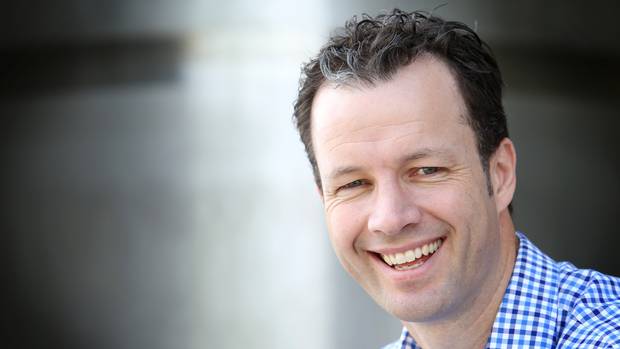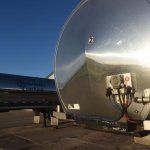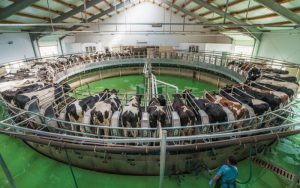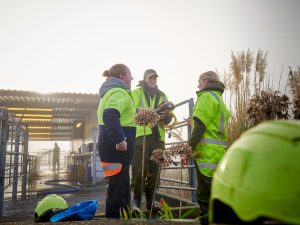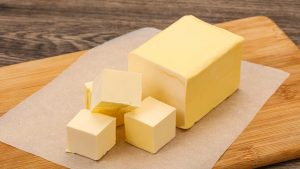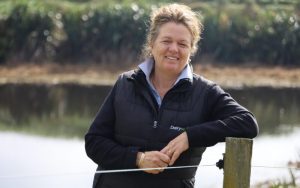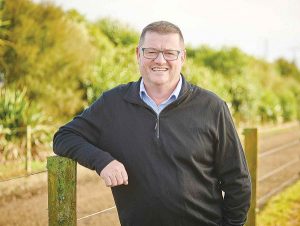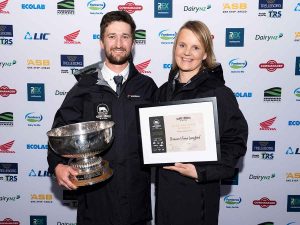
In the report, TAG expresses increased confidence that eradication is achievable.
“This confirms that we made the right decision in May in partnership with the Government and the beef sector to move to eradication,” DairyNZ chief executive Tim Mackle said.
“Removing the disease is preferable to allowing it to spread throughout the country”.
DairyNZ said in a statement that if New Zealand hadn’t moved to eradication, the alternative – to let this disease spread throughout our stock – would have been a serious challenge and the costs significantly higher.
It said the evidence supported a relatively recent incursion into New Zealand and confirmed there was no widespread, unlinked disease in the dairy herd population.
The available evidence suggested that we are catching up with the animal movements which are spreading the disease. The genetic analysis also showed we are catching up with the spread of the infection.
“This is positive news. We want to see continued success as we work together to remove this disease,” Mackle said.
TAG consists of New Zealand and international experts that provide MPI with independent advice on the feasibility of eradicating M. bovis from New Zealand, and other key areas affecting the response.
“It is very important we have independent and scientific analysis of the progress of the eradication programme to help ensure we are taking the right steps and to help us continually review progress and adapt the response,” Mackle said.
DairyNZ said it was consulting dairy farmers on how the sector would pay its contribution to the M. bovis response. The Government, dairy and beef sectors are each paying a share, with the Government paying the majority.
For dairy farmers it is proposed that they pay the biosecurity response levy, set at a maximum of 3.9 cents per kilogram of milksolids (MS) with the amount reviewed annually. Once the costs of the M. bovis response are recovered over two years, the levy will reduce significantly (unless there is another biosecurity response required).
DairyNZ said it had posted information packs to all dairy farmers, outlining details of the proposed levy and how it would be collected. The information is also on the DairyNZ website at dairynz.co.nz/GIA and at farmer meetings that will be held throughout the country from February 18 to 22.
